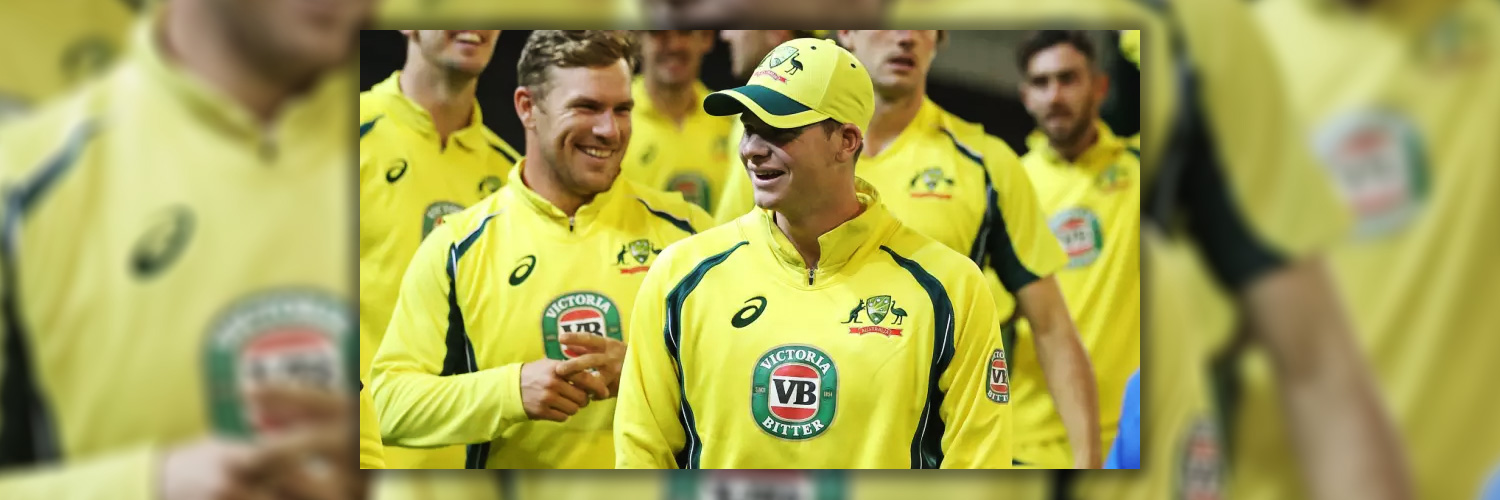Of all the issues that should be making parents of young children and adolescents’ blood boil, it is unrestricted advertising of booze during premier sporting events.
More generally, responsible adults should be holding the political class responsible for a lax regime that enables the alcohol industry to exploit a gaping hole in an existing regulatory framework.
Put simply, there are no restrictions beyond self-regulation on alcohol advertising when it comes to sporting events that coincide with children’s viewing hours up to 8.30pm.
We’ll come back to saturation advertising during the recent AFL and NRL grand finals as an example of the overreach, some might say overkill, of the alcohol industry.
Against this background, some of the most respected identities in Australian sport gathered last week in Melbourne to launch a campaign to end alcohol advertising in sport.
Those participating in the launch, either in person or by video link, included former AFL coach Mick Malthouse; former Cricket Australia chairman of selectors John Inverarity; Clover Maitland, Olympic Gold winning Hockeyroo; Member for Bennelong and former Davis Cup player John Alexander; and Ric Charlesworth, former federal MP and winning coach of the Hockeyroos.
Rob Moodie, former chairman of the Melbourne Storm and a leading public health professional, spoke forcefully on behalf of a majority of Australians when referring to polling conducted by the Foundation for Alcohol Research: “Nine out of 10 Australians agree that children shouldn’t be exposed to alcohol advertising during children’s hours,” he said.
This campaign to end alcohol advertising in sport is shaping as the biggest challenge facing the alcohol industry in many years, and one a timid political class – when it comes to taking on vested alcohol and gambling interests – will find difficult to ignore.
Communications Minister Mitch Fifield, whose department oversees the various codes of conduct and licensing requirements for the broadcasting industry, argues that if alcohol advertising in sport is banned, free-to-air television would find itself in an even more parlous state financially than it is in now.
This is a similar argument to one that was used many years ago against banning tobacco advertising.
The Foundation for Alcohol Research (FARE), which is behind the End Alcohol Advertising in Sport campaign, has proposed what seems like a reasonable solution to the Fifield argument against ending free-to-air television’s addiction to alcohol advertising.
FARE has suggested a transitional Alcohol Sponsorship Replacement Fund to be plenished with proceeds of alcohol tax reform, including getting rid of the Wine Equalisation Tax (WET).
The WET discriminates in favour of wine producers at the expense of producers of beer and spirits, effectively enabling recipients of these rebates to produce cheaper plonk.
On the broader issue of finding alternative sponsorship, you can’t tell me that businesses with deep pockets can’t be found to replace existing sponsors. In the NRL, for example, the value of the most recent contract with Telstra for $6.5 million was more than four times greater than that of the largest alcohol sponsor, Carlton and United Breweries at $1.5 million.
Rugby League great Steve Ella, who sits on the FARE board and has devoted a lifetime to working in indigenous communities to alleviate harms caused by alcohol abuse, put the issue eloquently at last week’s End Alcohol Advertising in Sport launch.
“The game I love is awash with alcohol promotion. It has become increasingly difficult to know where the game ends and alcohol advertising begins,” he said.
The facts speak for themselves.
In a survey of alcohol advertising of the NRL and AFL grand finals based on a frequency analysis applied in both UK professional football and in Australia, the results are stark.
In the AFL grand final, there were 121 occurrences of alcohol marketing, including such categories as field advertising and commercial break advertising, or 0.7 occurrences a minute.
In the NRL, saturation alcohol advertising was more pronounced, with 3.3 occurrences a minute during children’s viewing hours.
In its exploitation of the exemption in the Commercial Television Code of Practice that allows alcohol advertisements alongside sport, the alcohol industry certainly can’t be accused of looking this gift horse in the mouth. Almost 50 per cent of all alcohol advertising is shown during live sporting events.
Survey results of the impact of alcohol advertising on impressionable young people leaves no other conclusion than that alcohol advertising is effective.
“The more alcohol advertising young people are exposed to, the earlier they will begin, and the more they will consume if they already drink,” according to an Oxford Academic study.
Perhaps the most lethal aspect of alcohol advertising comes with its identification with sporting heroes themselves, who have become walking, talking billboards for alcohol products.
In the State of Origin rugby league contest between NSW and Queensland, players sport alcohol product logos as representatives of the VB Blues and XXXX Maroons. This is beer-drenched advertising at its worst.
In view of all this, it is hard to disagree with Rob Moodie when he says: “The kings of Australian sport – willingly or unwillingly – have become the ambassadors of booze.”
This post was first published on The Sydney Morning Herald.







